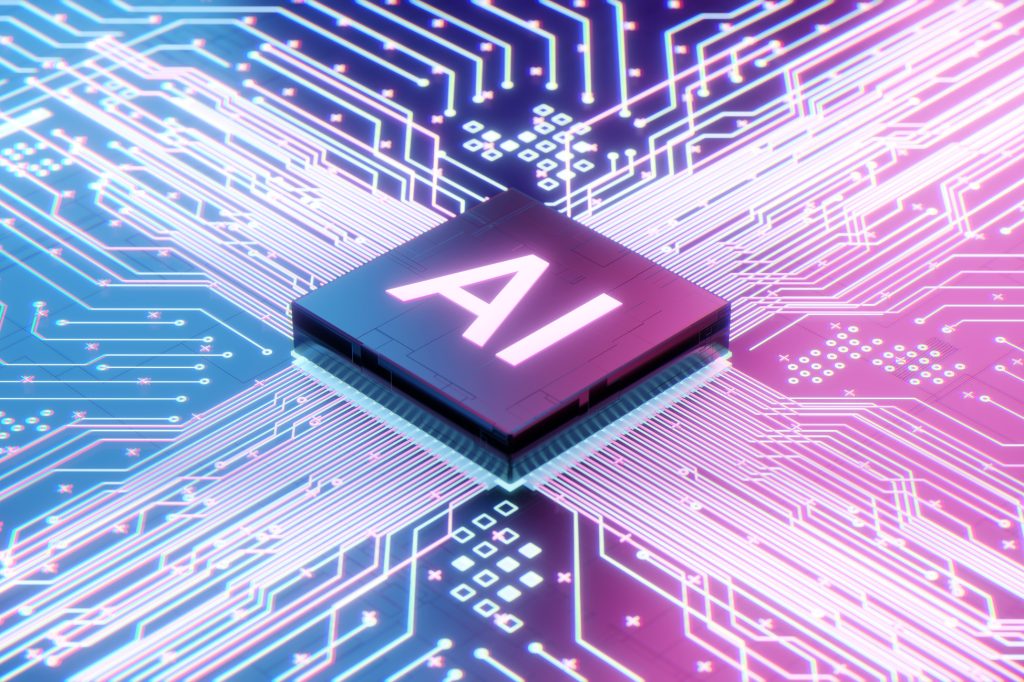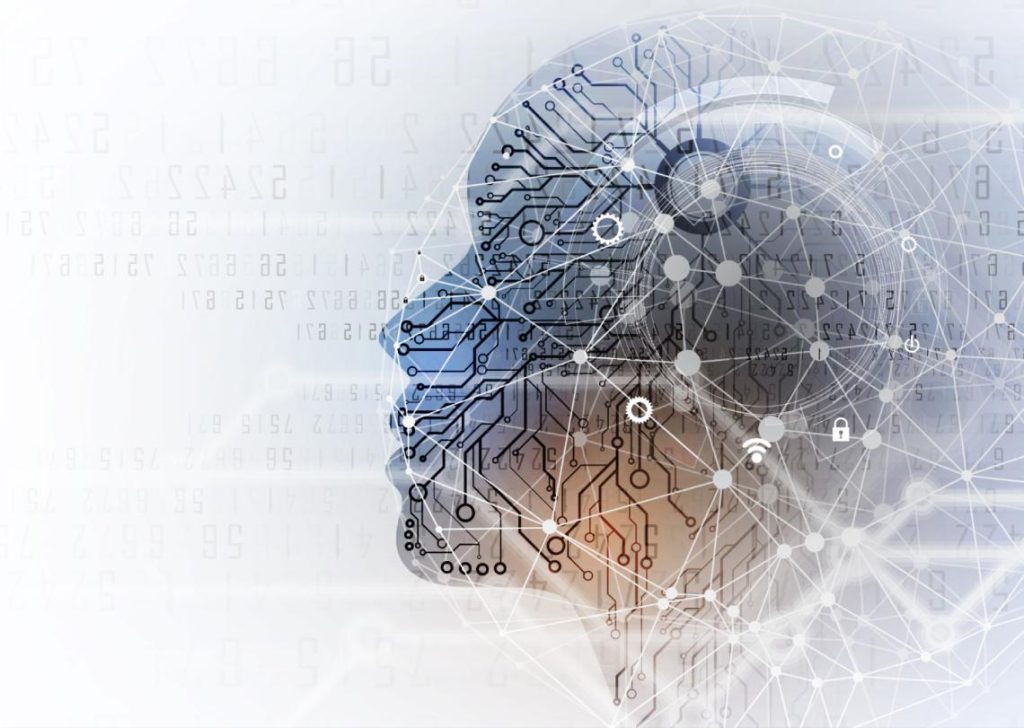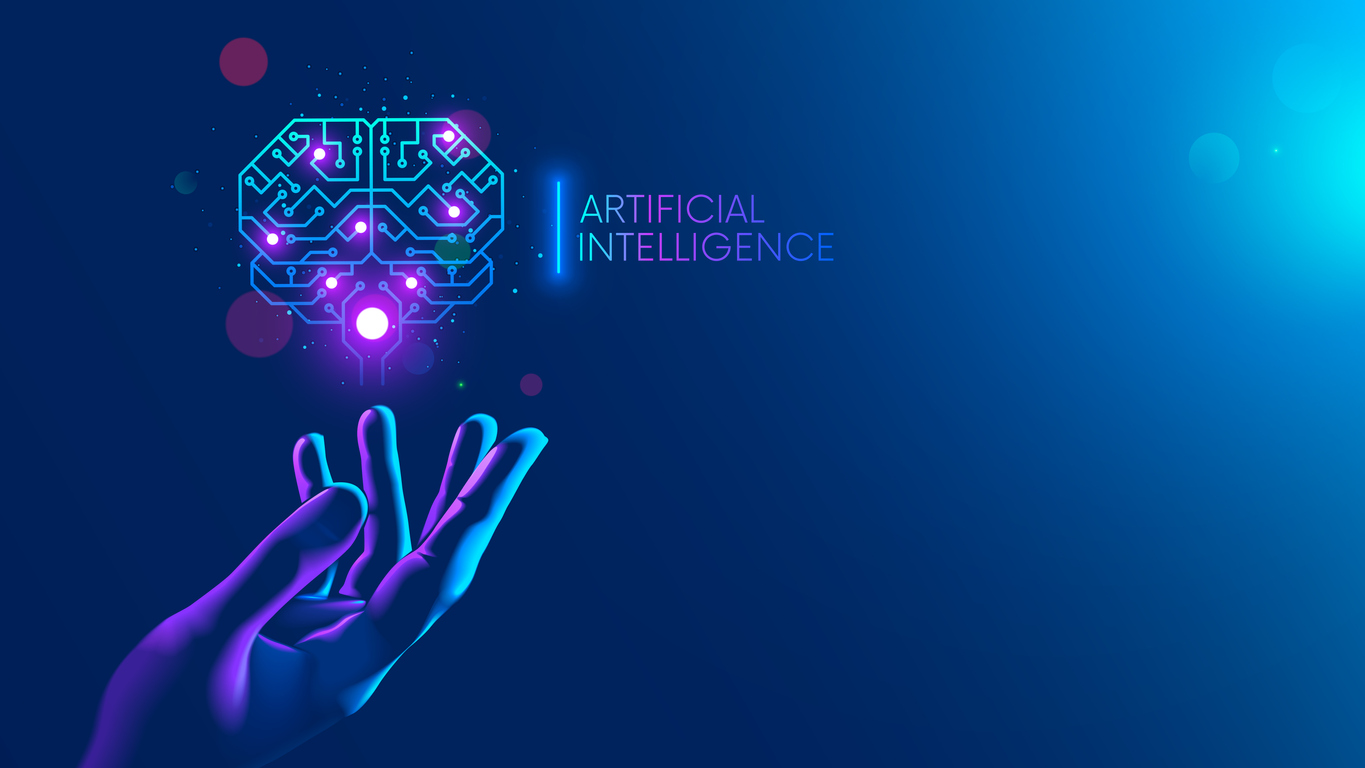The modern workplace is a melting pot of cultures and languages. In this diverse setting, clear and effective communication is pivotal. However, the variety of languages can often lead to misunderstandings and a breakdown in communication. This is where Artificial Intelligence (AI) steps in, offering revolutionary tools to bridge the linguistic gaps. By integrating AI into multilingual work environments, businesses can foster better collaboration, enhance productivity, and create a more inclusive atmosphere.
AI-Powered Translation for Real-time Communication
Gone are the days when businesses had to rely solely on bilingual employees or professional translators to mediate communication. AI-powered translation services have taken center stage, enabling real-time, accurate translations of multiple languages simultaneously. These tools, such as AI-driven chatbots and translation apps, have the capability to understand context, cultural nuances, and even industry-specific terminology. With these advancements, employees can collaborate seamlessly in video conferences, emails, and project management tools, ensuring that everyone is on the same page, no matter their native language.
Customized Language Learning with AI Assistance

One of the most significant benefits of AI in a multilingual workplace is personalized language learning. AI can tailor language courses to suit an individual’s proficiency level, learning pace, and preferred learning style. Interactive language learning platforms use AI to assess a learner’s progress and adapt the curriculum accordingly. This customization ensures that each employee can effectively improve their language skills, thus contributing to a more cohesive work environment. Furthermore, by using AI to learn languages, employees can overcome language barriers at their own pace, leading to a more confident and competent workforce.
Enhancing Cultural Intelligence Through AI
AI doesn’t just stop at breaking down language barriers; it also plays a crucial role in enhancing cultural intelligence within the workplace. AI-driven analytics can help businesses understand the cultural backgrounds and preferences of their workforce. With this insight, organizations can create communication strategies that are respectful and inclusive of all cultures. Moreover, AI can help in recognizing and avoiding potential cultural misunderstandings before they arise, fostering a workplace that values diversity and promotes a sense of belonging for all employees.
AI for Efficient Document Management in Multiple Languages

In a multilingual work environment, document management can become quite complex. Different versions of documents may exist in various languages, creating a challenge for information retrieval and consistency. AI has the power to streamline this process by providing tools for automatic translation and localization of documents. This ensures that all employees have access to the information they need in their preferred language. Furthermore, AI can keep track of document versions, manage updates, and even alert employees when new translations are available, ensuring that all team members have the most current information at their fingertips.
The Role of AI in Eliminating Unconscious Bias
AI has the potential to play a significant role in eliminating unconscious bias in multilingual workplaces. By using neutral AI systems for tasks such as screening job applications or conducting initial job interviews, companies can ensure that candidates are evaluated based on their skills and experiences rather than language proficiency alone. Additionally, AI-driven tools can be programmed to ignore demographic information that could lead to biased decisions. This creates a level playing field for all employees and applicants, fostering a work environment that truly values diversity and equality.

